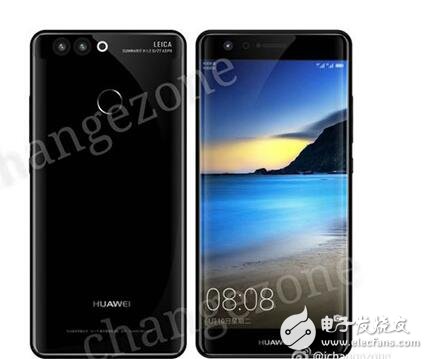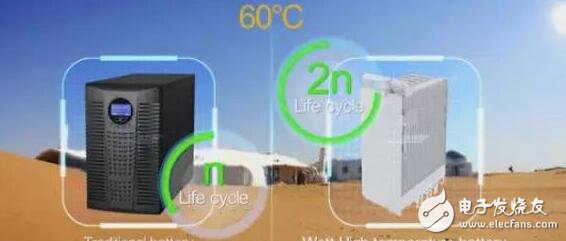Previously, the Hyper-Picture version of the Huawei P10 had a rendering on the network, and it seems to adopt the design of double-fingerprint recognition. However, it seems that Huawei has prepared two plans and has slightly changed the fingerprint recognition and back production process. Recently, some netizens released the rendering of the Huawei P10 on the Weibo screen again on Weibo, but it seems to have changed to the rear fingerprint identification design. It is said that the trial version has been out for three months. As for whether the final design has not been The exact message.
The double-screen version of Huawei's P10 renderings and the last leaked renderings came out of the same netizen's hands. Although the overall appearance did not change much, there were some changes in the details. First of all, the process on the back of the machine looks more beautiful, especially the processing of the edge part is more natural, the metal frame is also so obvious; secondly, the front button of the machine is canceled, and only the fingerprint unlocking module on the back side is retained. Therefore, it seems that the design of Huawei P9 has been continued, which is quite different from the past rumors.
At the same time, compared with the direct screen version, this hyperbolic screen version seems to have an opening on the front panel of the mobile phone. However, whether it is the front soft light or the iris recognition function, there is no exact information. In addition, the model of the phone appearing on the back of the double-exposed rendering is different. The original model is SEL-AL00, and the model that appears this time is MEL-AL00, so Huawei is not testing the possibility of testing two versions.

Since the launch of the graphene application research project between Huawei and the University of Manchester in October 2015, the industry is looking forward to Huawei's “disruptive†results in the field of graphene. The introduction of this battery means that the graphene-assisted high-temperature lithium-ion battery research has made a major breakthrough. Li Yangxing, chief scientist of Huawei Watt Lab, said that the technical breakthrough of graphene-based high-temperature lithium-ion battery mainly comes from three aspects: adding special additives to the electrolyte to remove trace water and avoiding pyrolysis of the electrolyte; The large single crystal ternary material improves the thermal stability of the material; at the same time, the new material graphene can achieve efficient heat dissipation between the lithium ion battery and the environment. The synergy of these three technological breakthroughs has enabled Huawei to beat the majority of lithium batteries currently on the market. Among them, graphene plays a role in heat dissipation rather than the positive or negative electrode material of the battery.
The graphene battery can double the battery life and increase the heat resistance by 10 degrees. In the future, it may take only ten seconds to charge. The experimental results show that the new high temperature resistant technology based on graphene can increase the upper limit temperature of lithium ion battery by 10 °C, and the service life is twice that of ordinary lithium ion battery.
For smart phones, the mobile phone with graphene technology has a charging rate 40% higher than that of ordinary mobile phones. Foreign research institutions have developed a 20-second high-speed rechargeable lithium battery cathode material through graphene. It is even possible to make a mobile phone screen with a higher degree of flexibility.
“Charge and discharge test in high temperature environment shows that under the same working parameters, the temperature rise of the graphene-based high-temperature lithium-ion battery is 5°C lower than that of ordinary lithium-ion battery; 2000° high temperature cycle at 60°C, the capacity retention rate is still over 70%. ; 60 ° C high temperature storage for 200 days, capacity loss is less than 13%".

According to Dr. Li Yangxing, Huawei's fast-charge battery has been commercialized, and will officially release a super fast-charge mobile phone at the end of December this year.
I don't know if the Huawei P10, which is very popular, will adopt the latest graphene battery technology, let us wait and see!
Integrated Inspectin Vehicle,Bridge Inspection Vehicle,New Design Inspection Vehicle,360°Rotation Inspectin Vehicle
CRRC SHANDONG CO., LTD. , https://www.crrcsd.com